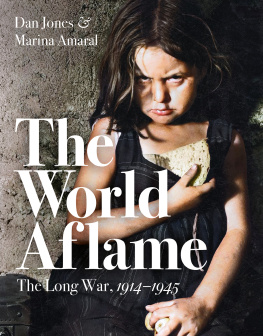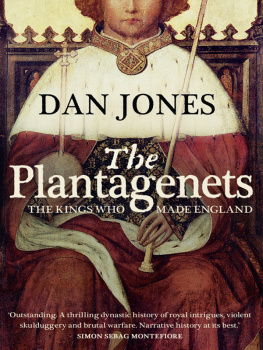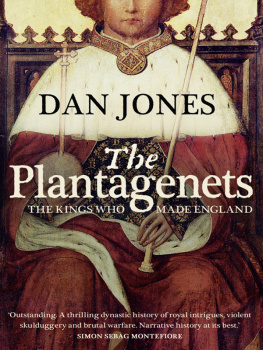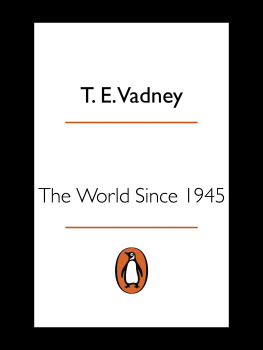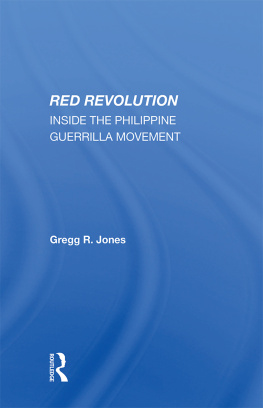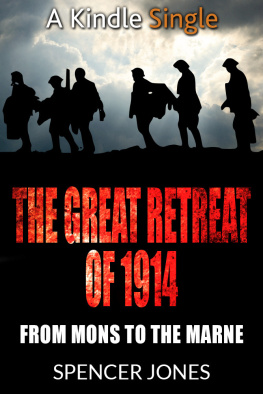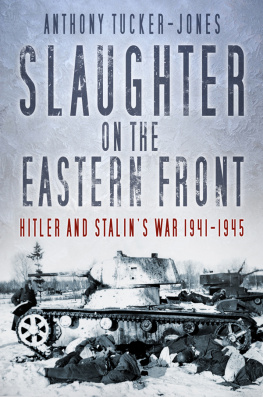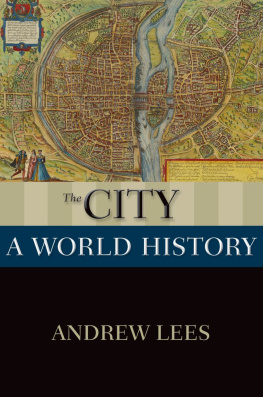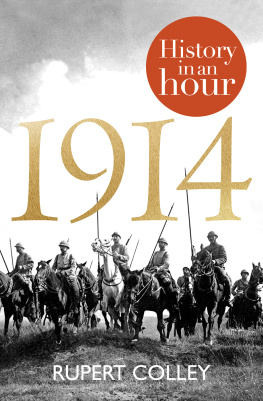Dan Jones - The World Aflame: A New History of War and Revolution: 1914-1945
Here you can read online Dan Jones - The World Aflame: A New History of War and Revolution: 1914-1945 full text of the book (entire story) in english for free. Download pdf and epub, get meaning, cover and reviews about this ebook. year: 2020, publisher: Pegasus Books, genre: History. Description of the work, (preface) as well as reviews are available. Best literature library LitArk.com created for fans of good reading and offers a wide selection of genres:
Romance novel
Science fiction
Adventure
Detective
Science
History
Home and family
Prose
Art
Politics
Computer
Non-fiction
Religion
Business
Children
Humor
Choose a favorite category and find really read worthwhile books. Enjoy immersion in the world of imagination, feel the emotions of the characters or learn something new for yourself, make an fascinating discovery.

- Book:The World Aflame: A New History of War and Revolution: 1914-1945
- Author:
- Publisher:Pegasus Books
- Genre:
- Year:2020
- Rating:4 / 5
- Favourites:Add to favourites
- Your mark:
- 80
- 1
- 2
- 3
- 4
- 5
The World Aflame: A New History of War and Revolution: 1914-1945: summary, description and annotation
We offer to read an annotation, description, summary or preface (depends on what the author of the book "The World Aflame: A New History of War and Revolution: 1914-1945" wrote himself). If you haven't found the necessary information about the book — write in the comments, we will try to find it.
The World Aflame: A New History of War and Revolution: 1914-1945 — read online for free the complete book (whole text) full work
Below is the text of the book, divided by pages. System saving the place of the last page read, allows you to conveniently read the book "The World Aflame: A New History of War and Revolution: 1914-1945" online for free, without having to search again every time where you left off. Put a bookmark, and you can go to the page where you finished reading at any time.
Font size:
Interval:
Bookmark:
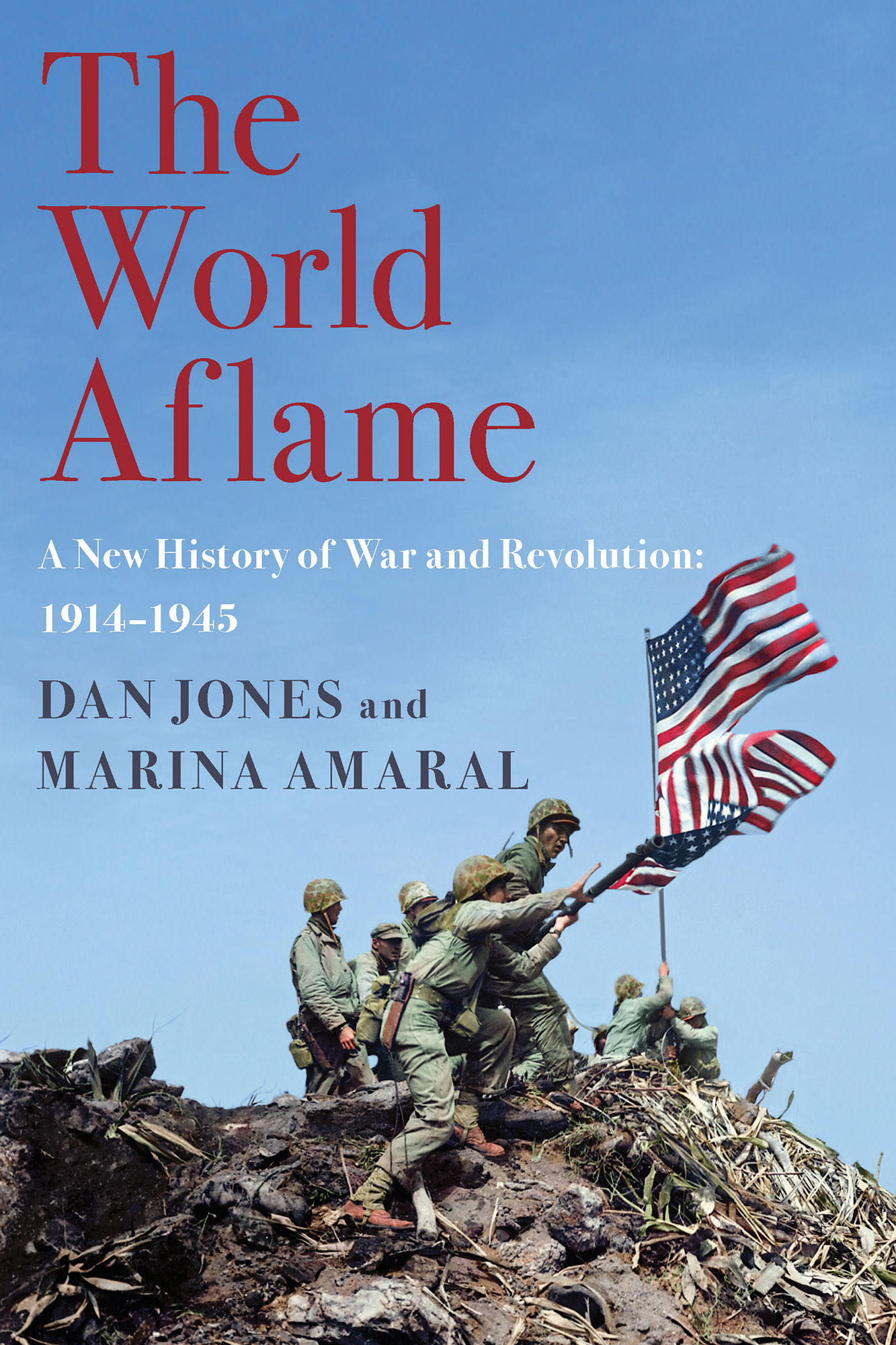


French soldiers in a trench on the Western Front, during the First World War

Children in Kent take cover during the Battle of Britain, summer 1940
I n the northern French town of Bar-le-Duc, on 28 July 1946, the French general and statesman Charles de Gaulle reflected on the troubled history of his times. Bar-le-Duc was in the region (or dpartement) of France known as Meuse, and that made it a poignant place for de Gaulle to give a speech in which he collected his thoughts about the recent past.
A generation previously, men had dug deep, wet, muddy, diseased, and miserable trenches through the ground of Meuse, and monstrous armies equipped with hellish new weapons fought a battle nearly a year in duration, which produced around three-quarters of a million casualties. Then, two years before de Gaulle gave his speech, troops had once again torn through the same, barely recovered countryside, bludgeoning out the endgame of another appalling conflict, slaughtering each other and massacring villagers ordinary civilians who had done nothing more than be in the wrong place at a terrible time.
De Gaulle spoke of these things with grim, heroic reverence: they were the greatest events in our history, he said, which had required the people who suffered through them to guard intact the force of their souls. More than that, he argued, the events that had torn apart Meuse amounted to a tragic war of thirty years. In other words, they were flare-ups in a single great conflagration, which had raged during the first half of the twentieth century. Just as seventeenth-century Europe had endured one Thirty Years War, suggested de Gaulle, so the modern world had suffered again. Two years later, Britains wartime prime minister Winston Churchill would toy with the same idea in the first volume of his historical memoirs, where he announced his intention to describe another Thirty Years War.
Today, historians dislike the Second Thirty Years War theory. They are much more comfortable in thinking about the First World War of 191418 and the Second World War of 193945: the two conflicts close but separate, best kept on different shelves. Perhaps this is wise. But whichever terms we prefer, and however we choose to arrange our historical bookends, most people would agree with Churchills judgement that the events of 191445 amounted to the two supreme cataclysms of recorded history.
This book is a journey through those deadly but fascinating wartime years. It is a history in colour. It contains 200 photographs, all of which were originally shot in black and white, and each of which has been colourized here. Each picture is paired with a short explanatory text to give context to the image, and the book proceeds in more or less chronological sequence, so that it can be studied piecemeal or read from cover to cover. It is not an attempt to impose (or reimpose) a grand new historical shape on the events it describes. Rather, it is a book that asks you to look at a story that has been told many times over in a brand new light, and perhaps to think as de Gaulle did at Bar-le-Duc in 1946 all this happened here.
Colourizing historical photos is not an exact science. It is a delicate and technical process that requires, on the one hand, diligent historical research and, on the other, the use of what can be called without apology artistic licence. Colourization does not cannot restore anything to a black-and-white photograph, for such an image has no hidden colours to hunt for. Instead, it adds them, based on known facts and responsible guesswork. It is an interpretive tool, whose limitations must never be brushed over or forgotten.
Yet this does not mean that colourization is frivolous or fake. It is self-evident that as members of the species Homo sapiens we respond to colour instinctively, and in deep, primal ways. It stirs our hearts as well as our heads. Colourization at its best is an emotional enhancing agent: it magnifies empathy and horror, pity and disgust. It challenges us to respond to history not simply as accountants and analysts, but as human beings, capable of the same fear, confusion, passion, ambition, anger and love as those whose images we see. It asks us to ask more. It nudges us to go off and hunt for the truth behind these extraordinary scenes. That is its purpose. That is its power.
Assembling 200 photographs that do justice to the history of the First and Second World Wars was a hard and sometimes harrowing process. The selection you see here is only that a selection. We hope it tells a story that honours the times it narrates, but present it knowing that it can only ever be partial. Miles upon miles of books have been written on the topics we mention; in many cases, a single photograph and caption here has an entire scholarship devoted to its study. We offer in advance our apologies for any omissions and errors, all of which are our own. But we hope that this book will inspire new readers to the topic to delve deeper into the history, and encourage older heads to reconsider what they think they know.
In the two years we spent working on this book, we passed the centenary of the end of the First World War, and the eightieth anniversary of the start of the Second World War. We heard all too often of the deaths of veterans of the latter conflict, now a sadly dwindling group. Some time in the next decade or so, the last of the wartime generation will be lost to the world, and their deeds and experiences will become solely the preserve of history, and not living memory. We offer this book in part as a tribute to those men and women some of them heroes, some of them victims, and others just ordinary people who lived their lives through terrifying times.
We also offer this book as a warning. As we write, fascism, nationalism, populism, anti-Semitism, hatred, bigotry, racism and the politics of exclusion, division and isolation are on the march once more all over the world. Let what you see here be a reminder of where this leads. The world is fragile. It takes less than we think to set it aflame.
Marina Amaral & Dan Jones Belo Horizonte and Staines-upon-Thames

The lamps are going out all over Europe; we shall not see them lit again in our lifetime.
Sir Edward Grey, British foreign secretary, to editor of the Westminster Gazette
(3 August 1914)
O n 20 May 1910, London glittered with royalty. No fewer than nine kings and emperors, augmented by myriad princes, princesses and potentates, gathered to mourn a man to whom many of them were related. Edward VII was known as the Uncle of Europe. He had less flattering names, too, including Tum Tum, in reference to his colossal waistline, and Edward the Caresser, a tribute to his expertise in the art of adultery. His formal title, though, was all gravitas: By the Grace of God, of the United Kingdom of Great Britain and Ireland and the British Dominions beyond the Seas, King, Defender of the Faith, Emperor of India. It was almost as expansive as the territories over which he had reigned for nine years: an empire whose lustre seemed to shine as brightly as ever.
Font size:
Interval:
Bookmark:
Similar books «The World Aflame: A New History of War and Revolution: 1914-1945»
Look at similar books to The World Aflame: A New History of War and Revolution: 1914-1945. We have selected literature similar in name and meaning in the hope of providing readers with more options to find new, interesting, not yet read works.
Discussion, reviews of the book The World Aflame: A New History of War and Revolution: 1914-1945 and just readers' own opinions. Leave your comments, write what you think about the work, its meaning or the main characters. Specify what exactly you liked and what you didn't like, and why you think so.

